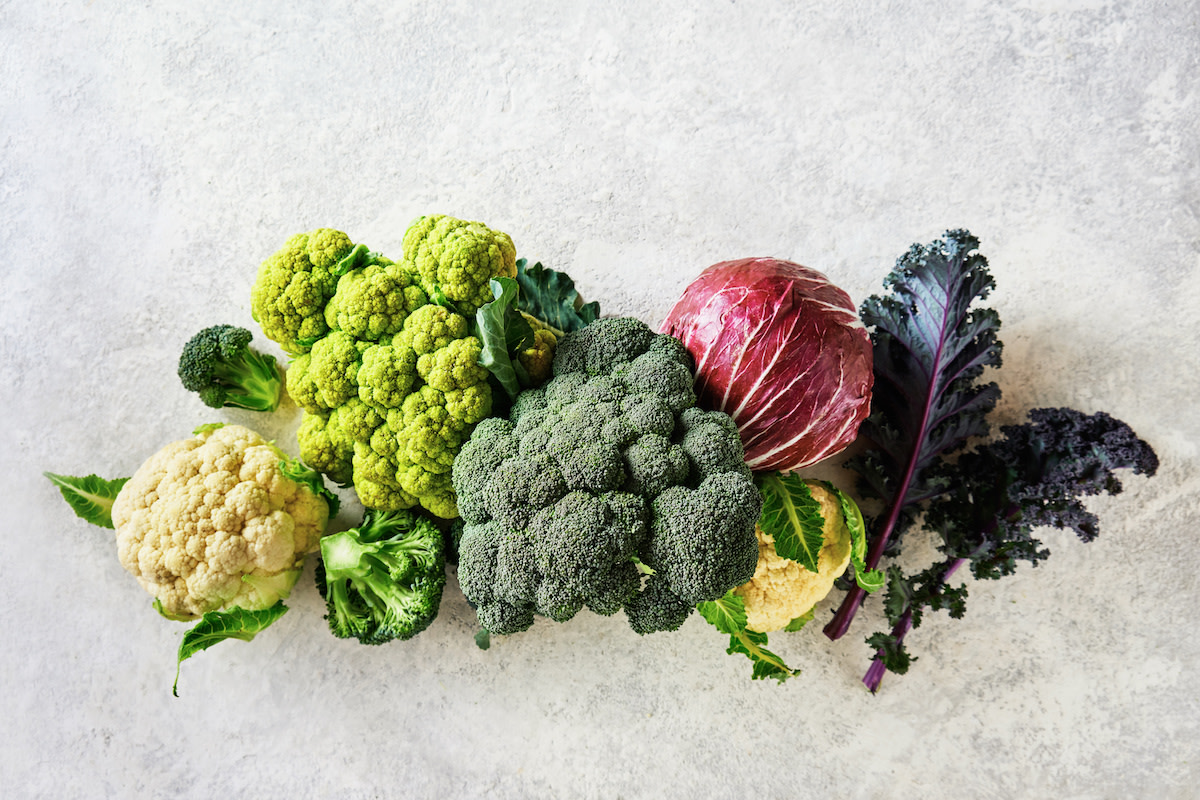10 Cold Weather Crops to Grow in the Fall and Winter
Written by MasterClass
Last updated: Jun 7, 2021 • 3 min read
Cool-season crops can survive low temperatures and frosts. Harvest these hearty vegetables in fall, winter, or early spring.
Learn From the Best
10 Cold Weather Crops to Grow in the Fall and Winter
Plant and harvest these hardy vegetables at the right time, and you can enjoy delicious home-grown produce all year round, even when the weather is cold.
- 1. Peas: You can either plant peas at the end of summer as a cool-season crop to harvest in fall, or in very early spring, when the ground is cold but after the last frost has passed.
- 2. Bunching onions: Onions are perennial, which means they grow year-round. If you plant them in late summer, you can get your first harvest in the fall, with more to follow in early spring.
- 3. Kale: Kale is a popular cold-weather crop. If you plant it roughly six to eight weeks before the anticipated first frost, you can enjoy multiple harvests throughout the fall and early winter. A light frost won't hurt kale; in fact, it often makes it sweeter, as plants produce sugars to cope with cold temperatures.
- 4. Collard greens: Collards are a close relation of kale, and while they tend to be more bitter, they're every bit as nutritious. Collards are a regional specialty in the American South, where winters are mild, but they can handle temperatures below freezing.
- 5. Brussels sprouts: Brussels sprouts are a reliable cool-season crop. One or two frosts won't hurt them—in fact, a little frost will make them sweeter—but you should generally grow Brussels sprouts at temperatures between 45 and 75ºF.
- 6. Cauliflower: Cauliflower is a bit finicky, but it's still one of the more reliable fall crops. What's more, it stores well when refrigerated, which is why it's easy to find in grocery stores during the winter.
- 7. Leeks: Leeks can tolerate frozen soil and may even survive temperatures as low as 20ºF. Leeks ripen reliably in late fall and can be harvested into the winter.
- 8. Arugula: Plant arugula in late summer and prepare for it to ripen in your fall garden. Arugula greens are not a warm-season crop, so don't plant too early or you'll get a bitter harvest.
- 9. Turnips: Turnips are a reliable winter crop. You can roast turnips along with other heirloom winter vegetables, or puree them in a soup. Plants turnips in your garden bed around mid-autumn to ensure a winter harvest.
- 10. Kohlrabi: Kohlrabi, a sweeter cousin of the turnip, is a cool-season crop that grows best in temperatures from 40 to 75ºF. Plant kohlrabi in late summer and harvest in fall.
3 Cold-Weather Gardening Tips
You can absolutely keep your cool-season crops alive through the cold winter months if you follow a few key gardening tips.
- 1. Be mindful of frost. A window for planting cool-season crops opens up in late summer and early fall; once mature, many of these crops can actually survive a light frost (in mild climates, they may even continue producing into the winter months).
- 2. Use a cold frame. A cold frame is a structure you build around your crops (or over a raised bed garden) to protect your precious vegetables from the elements. Cold frames have a transparent roof that shields your plants from excessive rain but also lets in light. If the cold frame is sealed off, you can trap ground heat inside, which will help your plants survive the winter.
- 3. Spread mulch to protect roots. If layered properly, mulch protects your plants' roots from frost and excessive rain. Mulch your crops before the first hard freeze.
Learn More
Grow your own food with Ron Finley, the self-described "Gangster Gardener." Get the MasterClass Annual Membership and learn how to cultivate fresh herbs and vegetables, keep your house plants alive, and use compost to make your community - and the world - a better place.
